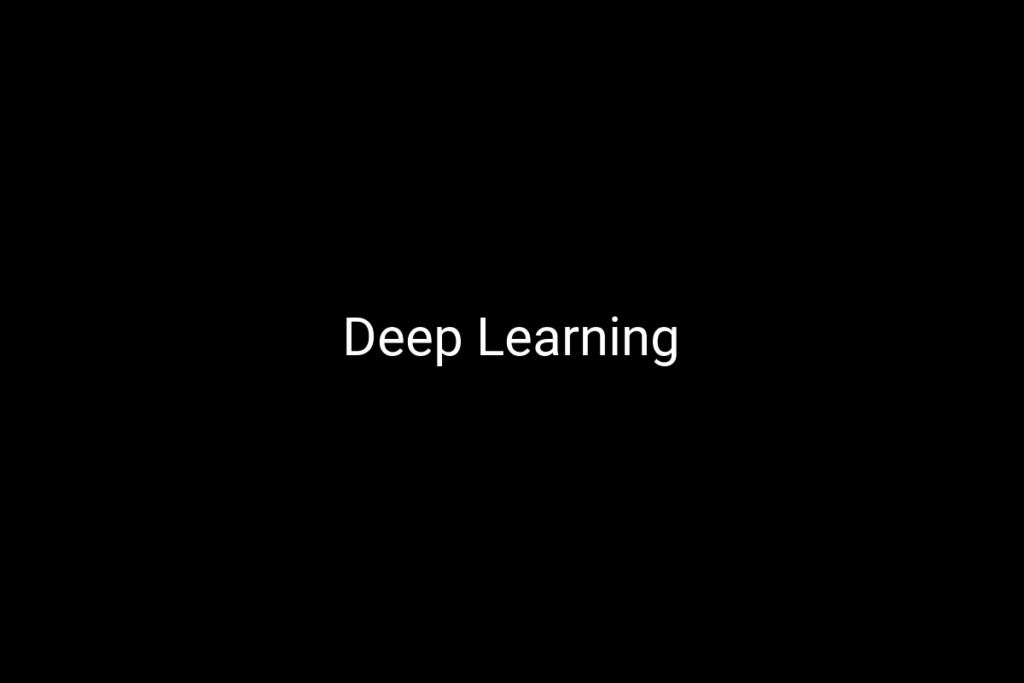Deep Learning is a new domain in artificial intelligence and machine learning, that uses neural networks to collect huge amounts of data and learn from it.
It offers the possibility to develop artificial intelligence that can act in two ways:
1. Exist outside a computer processor. The AI can “hear” and “see” every single object, every detail, every aspect of the environment around it. This is the most advanced way of AI in AI.
2. Evolve and reproduce itself within a computer. Since the AI in the past was limited to a specific scenario, but now we can create the same AI in several “environment” scenarios to make the AI grow in our virtual environment.
So, we have both intelligence and behavior inside the AI.
IT presents virtual assistants to increase human knowledge.
The main uses of Deep Learning is “AI-based virtual assistants” that can augment human knowledge base with accurate intelligence and natural language processing (NLP).
VSR is a big business already, it is used in cars, in airlines, in travel agencies. In 20 years it will be very profitable.”
Singularity University provided the associated Deep Learning tutorial curriculum. This deep learning course was a full 10 weeks with 36 hours of classroom and lab work for $6,000.
The final exam was a 12 question exam, 1 hour and 50 minutes long, for $16,000. The money would be used to give scholarships to teachers.
In addition, Singularity University and Advanced Image Computing offers classes on GPU and DNN based deep learning.
What is the advantage of Deep Learning?
The advantage of Deep Learning isthat it is a computationally feasible model to use for local perception and localization. This gives it a prominent place in neural processing that is often overlooked in current AI research.
While such a feature does not have any ethical implications at this stage, it is useful to provide a toolkit to developers in case their models lead to more advanced technologies (e.g. deep learning for vision, linguistic understanding or self-driving cars).
Our goal is to develop tools that go beyond demonstrations of highly complex models in systems like the LeNet or Nervana system.
These demonstrations have given a good impression about the power of deep learning, but do not demonstrate real-world applications.
For example, some deep learning techniques like shape-from-shapes have been shown to work

Is it difficult to learn Deep Learning in a short time ?
DL is quite easy to learn. All you need is the right dataset.
You can train a convolutional neural network, an ordinary neural network, a random neural network, a combination of the two, or even an entire neural network in a very short amount of time.
However, how do you feed your neural network? You can feed it with tensors and you can even feed it images or training data.
Each of these methods brings a certain amount of complexity. However, you can easily train your neural network using just one of them. I’ll go over them in this blog post.
Deep Learning is a type of asymmetric learning.
Deep Learning is a kind of inductive and asymmetric learning, a class that has lots of crazy results. We show how to use it in a fully theorem-complete formalization of fast partial differential equations.”
Nissenbaum and Polchinski also present a careful critique of the central motivation of supervised learning in this field: using long sequences of examples to build up knowledge about the properties of models and programs.
They argue that this is an overgeneralization, and that supervised learning remains an area where as much as 100% performance can be achieved by relying on complex, interactive real-world examples.
They point out that computational experiments and research on algorithms which feature knowledge gained from training have shown that the failure rates of high-performance algorithms are fairly low.
What is it suitable for ?
Deep Learning is suitable for image recognition, speech recognition, natural language processing, image synthesis, and large scale data analysis.

Recent Comments